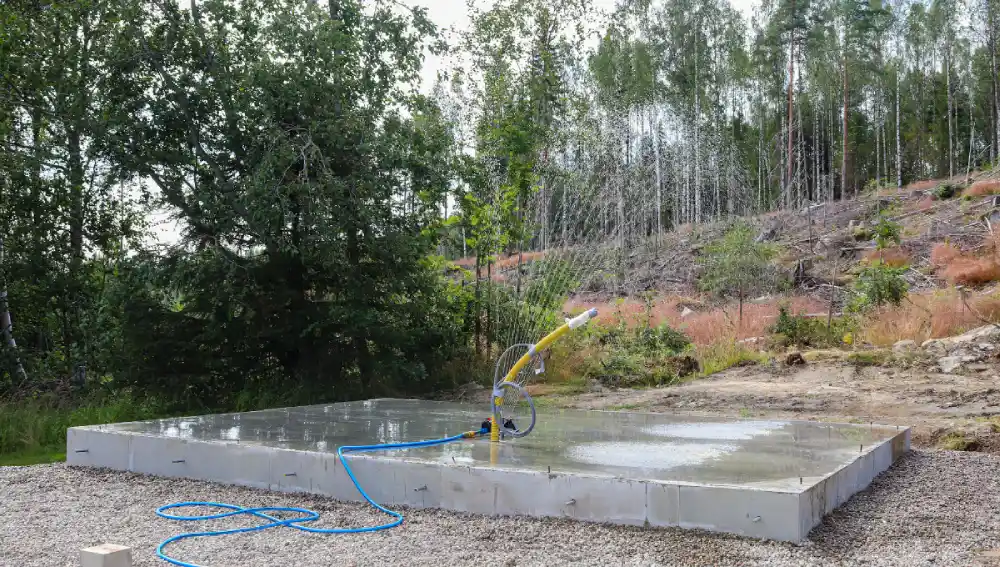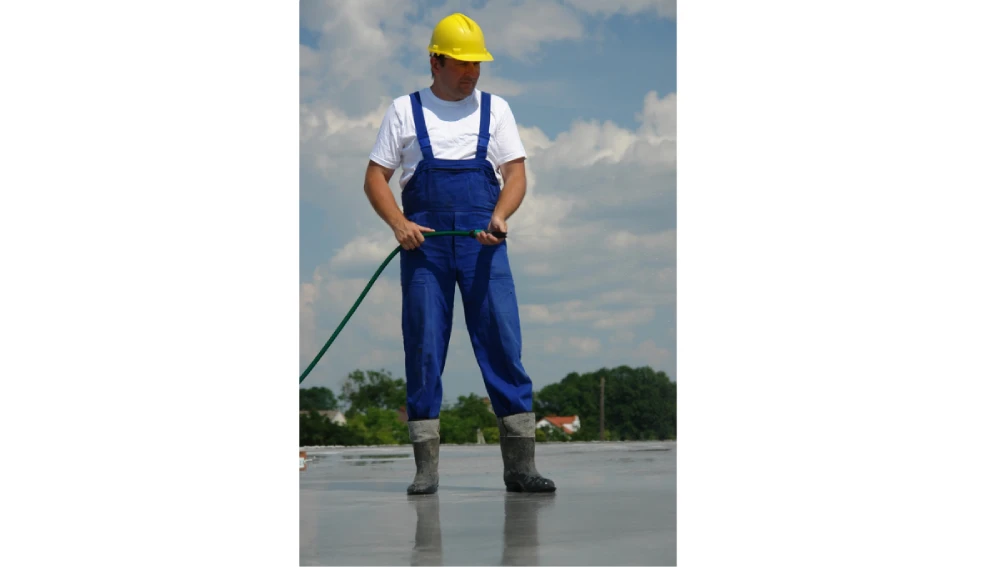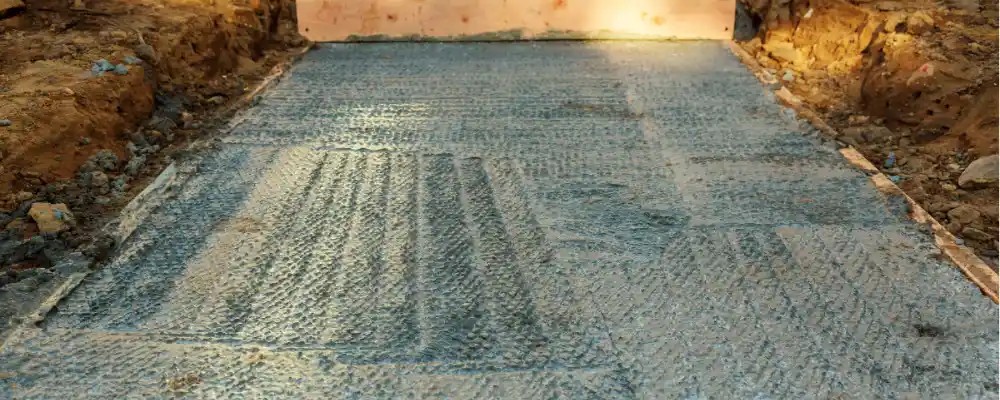Concrete curing is a practice performed to maintain moisture content in a construction within a certain temperature range. This process allows concrete to obtain the appropriate characteristics for its intended use. Curing is essential for all types of constructions to hydrate and gain strength. The primary objective is to keep concrete saturated and avoid thermal shrinkage and cracks.
It takes place immediately after the concrete is made to allow cement particles to react with water. During this period, adequate moisture and temperature are maintained. This hydration process helps obtain a strong, crystalline structure.
In this blog, we’ll discuss why curing is essential for concrete construction and how it helps you.
Benefits of Concrete Curing

Proper concrete curing benefits the construction in many ways, and are explained below:
Improves Strength
The hydration process is triggered by sufficient moisture content that provokes chemical reactions between cement and water. This process builds strong bonds between the ingredients of concrete, leading to attaining maximum strength. A well-cured concrete has maximum compressive strength that can withstand heavy loads.
Enhance Durability
Concrete curing promotes durability, helping prevent water penetration and other potential risks, such as spalling, cracking, and freeze-thaw damage. This is because well-cured concrete becomes denser and provides a uniform structure. A properly cured surface is less susceptible to wear and tear, leading to enhanced durability.
Appealing Appearance
In addition to strength gain and versatility, curing provides a glossy and perfect finish to the concrete surface. It helps avoid uneven textures, stains, and discolouration. Maintaining a smooth texture and uniform colour throughout the surface is an added advantage to the structure. Proper curing positively influences the overall aesthetics of a building and improves long-term appearance.
Reduce Shrinkage
Curing helps prevent shrinkage, minimising the risk of cracking in concrete. Choosing a proper curing technique is essential for large structures, particularly in areas with significant temperature fluctuations. Ensure that it creates a denser and impermeable concrete surface, which is less likely to water absorption and staining.
Saves Money
Proper curing practices extend the life of concrete structures, reducing the need for regular or frequent maintenance. It results in increased service life and long-term cost savings. Whether it is a small or large-scale structure, well-planned ideas are needed for proper curing.
Specific Factors Influencing the Concrete Curing

When it comes to concrete curing, not all situations and constructions are the same. One of the major factors is the optimal temperature range, which should exist between 50 to 75 degrees Fahrenheit. If it extends this range, it may hinder crystal growth and make concrete weaker.
Other significant factors that you must be aware of, such as:
- Weather Condition: Similar to temperature, the humidity level also plays a vital role in the curing process, especially if you are using a misting technique. Higher humidity levels prevent the rapid evaporation of water and increase the curing time, leading to the occurrence of the hydration process.
- Size and Shape of the Concrete: To achieve consistent durability throughout the structures, the water should be evenly distributed. When planning for curing procedures, consider the thickness, size, and shape of the concrete. Choosing appropriate methods according to the dimension ensures even curing.
- Don’t be Fast in Further Steps: One of the common mistakes is to start painting the structures before the concrete is completely ready. Providing a sufficient time gap allows the concrete to set and harden properly.
Points to Be Noted During the Concrete Curing Process
- Freshly prepared concrete structures shouldn’t be exposed to harsh sunlight, dry winds, or rain.
- Cover the concrete with a tarpaulin, especially if the weather is too hot and dry.
- For curing, water should be poured at least 24 hours after the concrete has been made.
- Curing practices need a minimum of 15 days from the day of concreting.
- The water used for curing technique should be clean and chemical-free, including alkalis, oil, vegetable matter, acids, etc.
- Saltwater should be strictly avoided for any construction purpose at all. It causes rapid reinforcement corrosion and salt crystallisation, which gives a poor lifeline.
- Ensure the pH range of the water is between 6 and 8.5, which is almost neutral.
The Connection Between Proper Concrete Curing and the Longevity of Concrete Resurfacing
A well-cured concrete is directly related to the longevity of concrete resurfacing. It provides a strong and durable surface to the structure without causing any damage in the long run.
When the original concrete is cured well, it is less likely to encounter cracks or shrinkages. Therefore, planning your investment for a proper curing technique significantly benefits your structure with enhanced effectiveness and lifespan.
Final Thoughts
Curing practice is a deciding factor in concrete’s quality, strength, and durability. Site engineers or supervisors must pay careful attention throughout the process. Once it is done as per the determined procedure, the concrete gains superior characteristics. Prioritising choosing the right curing method ensures the availability of required properties.
FAQs
Inadequate curing causes several impacts, such as:
* Reduce structural integrity and strength
* Increase the risk of spalling and cracking
* Creates durability issues
* Causes uneven texture, stains, and discolouration on concrete surfaces
* Increase maintenance cost
The curing period generally depends upon the weather conditions and project requirements. To obtain desired properties, it is advisable to cure concrete for at least 15 days from the day of concreting

